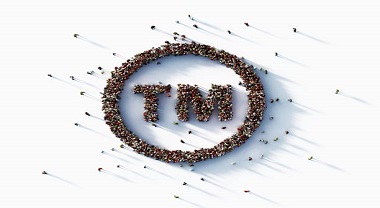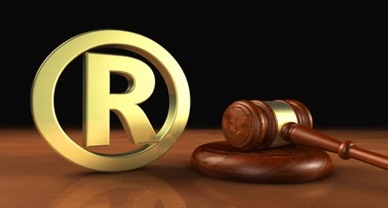Possibilities And Complexities Involved In Trademarking Signature Looks And Poses
The fixed definitional contours of the concept of earlier criteria for granting trademarks have slowly become diluted. Usually, body parts are excluded from getting trademark protection. The reason is its generic character. But what happens when the looks or poses of a celebrity become so distinctive that the public can associate it with that particular person? Some examples are Virat Kohli’s beard and Julia Robert’s smile. Before dwelling more on this question, let’s have a general outlook on how the definitions of trademarks become so inclusive for each evolving dispute.
Definitional aspects
According to article 15(1) of the Agreement on Trade-Related Aspects of Intellectual Property, any sign or combination which is capable of distinguishing goods or services of one undertaking from another has the capability of being considered as a trademark. According to section 2(1)(zb) of the Indian Trademarks Act,1999, a mark which is capable of being represented graphically and it has the ability to distinguish the goods and services from others, and it may be the shape or packaging of goods or combination of colors is termed as a trademark. The definition’s open-ended nature is the primary reason that more and more confusion is arising, and more categories are getting trademark registration.
Is it possible to trademark signature looks and poses?
Now, we can check whether signature looks and poses are trademarkable? Usually, signature styles are protected under a right to publicity. As per this right, the unauthorized commercial use of a person’s name or other recognizable aspects is prevented. Apart from this right, the arguments for trademarking arise when these celebrities want to sell their signature looks or poses by reproducing them onto objects like clothes. One example is the Jumpman Logo which shows Michael Jordan leaping for a slam dunk. This is always found on a pair of Jordans.
Hindrances/ complexities involved
However, some hindrances or complexities are involved in getting the trademark registered for signature looks and poses. Just like conventional trademarks, there are three essentials, which a mark must satisfy to be classified as a non-conventional trademark: It should be inherently distinctive; It should be capable of being graphically represented; It should be capable of distinguishing one good from another.
The first criteria to qualify as a trademark is its ability to be represented in a graphical manner. The preciseness, clearness, accessibility, durability, objectivity, intelligibility etc., will be taken into consideration in cases of registering a celebrity move as a trademark. In instances of signature poses and looks, it can easily be recreated by a picture or a drawing. Practical problems may arise, differing on a case-to-case basis. One example of this is the registered celebratory mark of Usain Bolt for use on clothes and sports products.
Furthermore, the signature look or pose should be distinctive and unique. For instance, if a signature pose or look is to be trademarked, then the description should be so precise that there is no chance for any sort of confusion or similarity with the look/pose created by another. In 2017, Gene Simmons, the lead singer of the band ‘Kiss’ tried to trademark the hand gesture known as ‘Devil’s horns.’ However, this resulted in great criticism and opposition application. The major reason for this outrage was that this has been in existence for ages among rockstars. The origin is not attributed to Gene Simmons and it is not exclusively connected with him. The gesture is generic in nature and not distinctive.
Just as depicted in the Gene Simmons instance, it is imperative to ascertain that the origin of the look or pose is from that applicant. Showing that a good is of or from a certain origin is the very crux of the trademark law.
Another point to be noted is that even though a body feature can be granted trademark protection, it highly depends on whether it is a natural feature. If it is created using software or an artificial means, the same will not be granted trademark protection.
Gareth Bale trademarking the eleven of hearts logo, has flooded the news a few years back. The logo is thus allowed to be reproduced on ‘clothing, footwear and headgear,’ among other merchandise. This is associated with his branding and will serve as a great potential channel for commercial gains.
Conclusion
Protection of any distinctive mark is important, whether it be a signature look or pose by any celebrity. Such rights are essential in the sense of profits which can be reaped by transfer, licensing, or commercializing the look or pose. With the newer developing technology, it is very imminent that newer questions may arise claiming trademark rights. However, in the area of trademarking signature looks and poses, it can be concluded that traditional jurisprudence has expanded to accommodate them.
Author: Gayathri S Pillai – a Legal Intern at IP And Legal Filings, in case of any queries please write back us via email at support@ipandlegalfilings.com.



